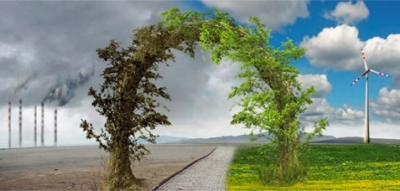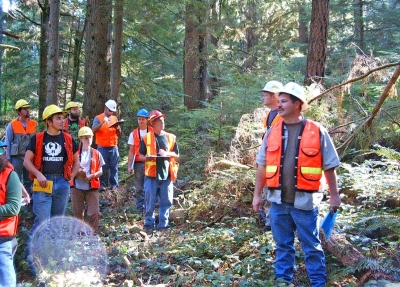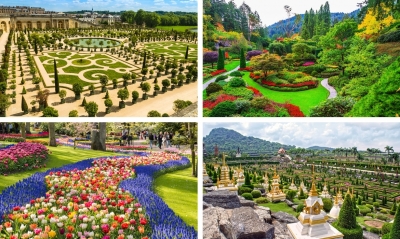
Threats from Animals
All over the world, plants are being destroyed by animals. Sometimes this is perfectly natural and is part of the balance of nature. Other times, it can be disastrous.
Insects such as caterpillars and grubs, which later become beetles, often eat leaves or burrow into the wood of trees. But sometimes, a nest of tent caterpillars eats all the buds or young leaves on a tree. When this happens, the tree will die.
Big problems also arise when people bring animals to areas where they don’t belong. Rabbits have destroyed valuable grazing land in Australia. They eat the grasses farmers need for their livestock. Rabbits were turned loose in 1859 by British settlers. But in Australia, rabbits have few natural enemies, so now there are too many rabbits.
In Hawaii, escaped pigs and goats have destroyed many rare plants. They trample the plants and eat the roots so the plants can’t grow back. Goats also may eat all the plants on a hillside. With no roots to hold the soil, rain can wash it down the hill. This loss of soil is called erosion and keeps plants from growing. Today, about half of Hawaii’s plants are either very rare, endangered, or already extinct.
Picture Credit : Google





